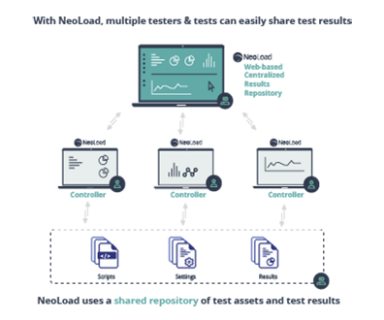

Generate virtual users: A realistic load test includes virtual users, each running a predefined scenario.Outside of CI, it prevents regressions and increases the overall amount of testing you can do. In the context of Continuous Integration (CI), automation is essential. Automation lets you pre-define a schedule of test sets to run on their own according to a plan.

Automate performance tests: Automating performance testing is undoubtedly the best way to make it as efficient as possible.Early load testing practices are a solution to minimize technical incident cost or to avoid a complete service failure for your users.īefore starting the load test processes and best practices, it’s important to think about the following such that you shape a forward-thinking plan: They can have a significant impact on an application’s code structure and architectural foundation. Performance anomalies can be costly to resolve.
NEOLOAD MAX RESPONSE SIZE MANUAL
Some questions remain – how do I integrate load testing, predominantly a manual discipline, into shorter cycles? Where can I incorporate automation to support accelerated delivery goals? In response, they’re adopting Agile and DevOps methodologies. Research and development teams are faced with two challenges: the need to be able to test faster and more regularly.

The explosion of application reliability and speed is creating the need for greater complexity/intensity of the load testing practices behind them. At the same time, applications are offering richer functionalities with improved, more sophisticated user experience. What’s driving load testing in Agile and DevOps environments today? The ever-increasing share of digital technology is driving companies to accelerate the pace at which new services/features are released.


 0 kommentar(er)
0 kommentar(er)
